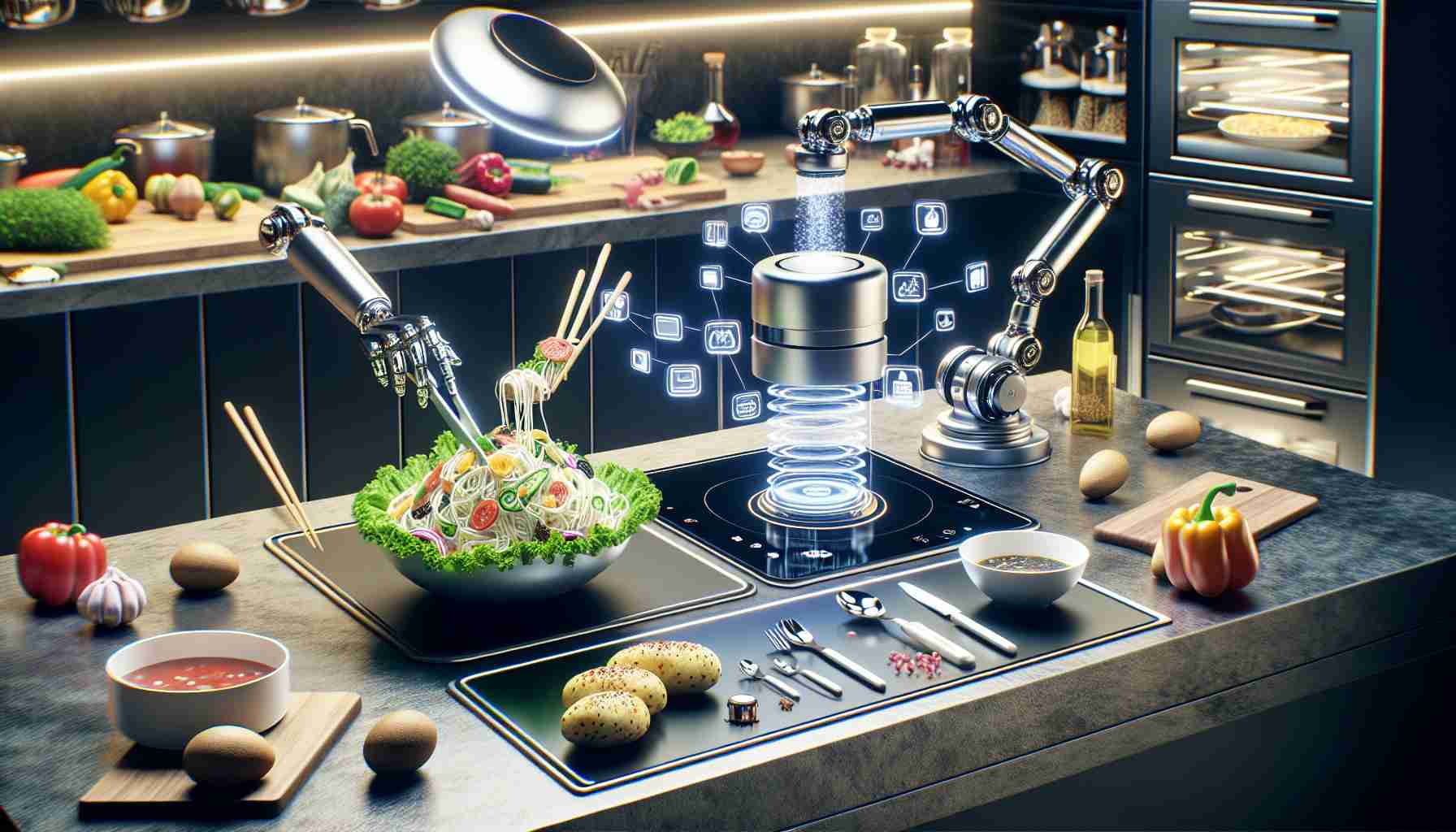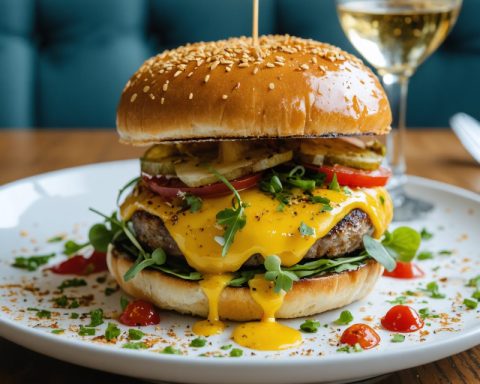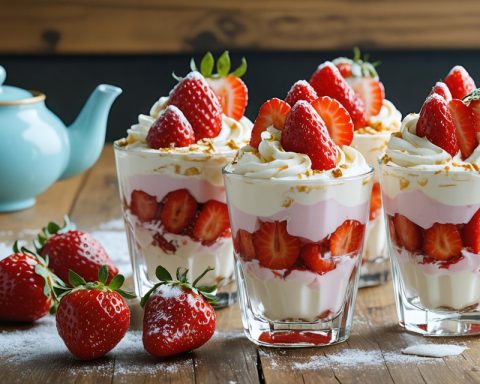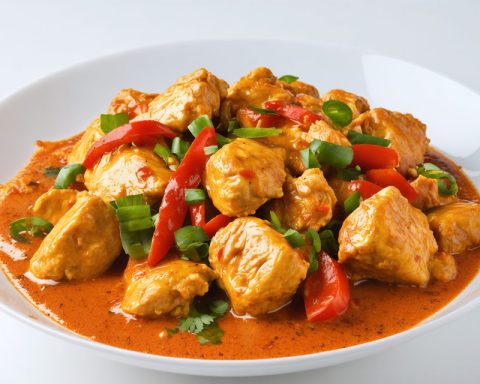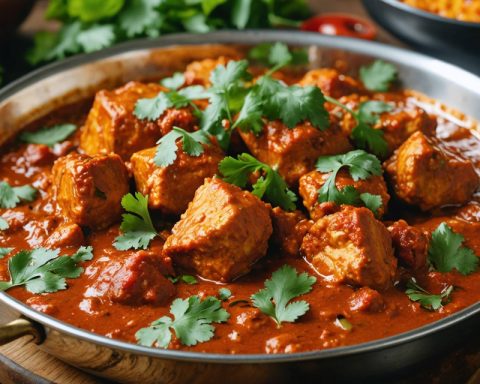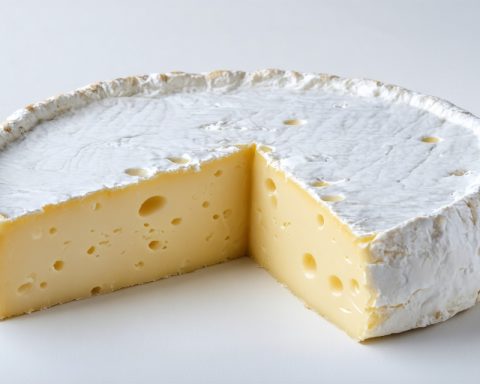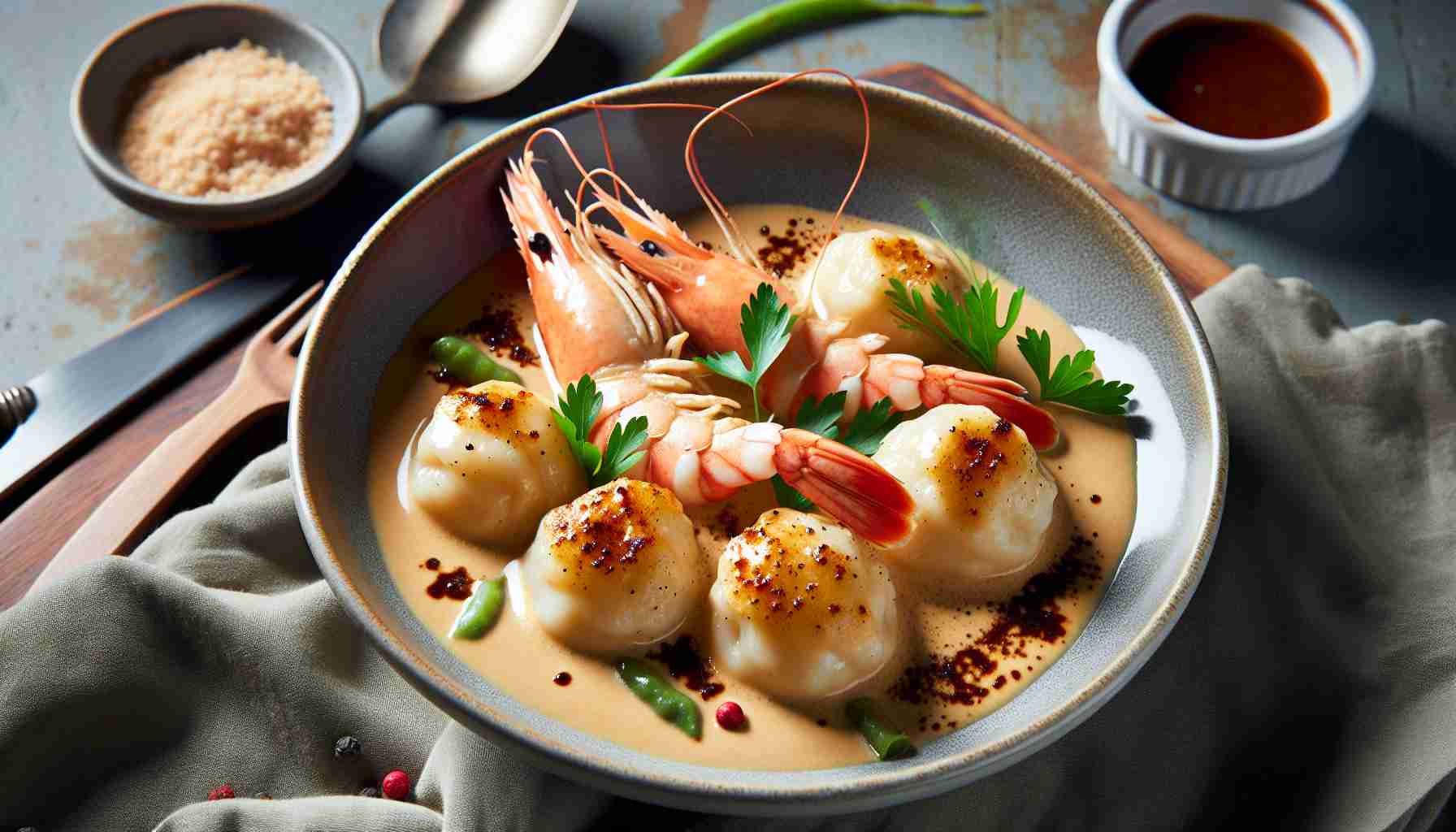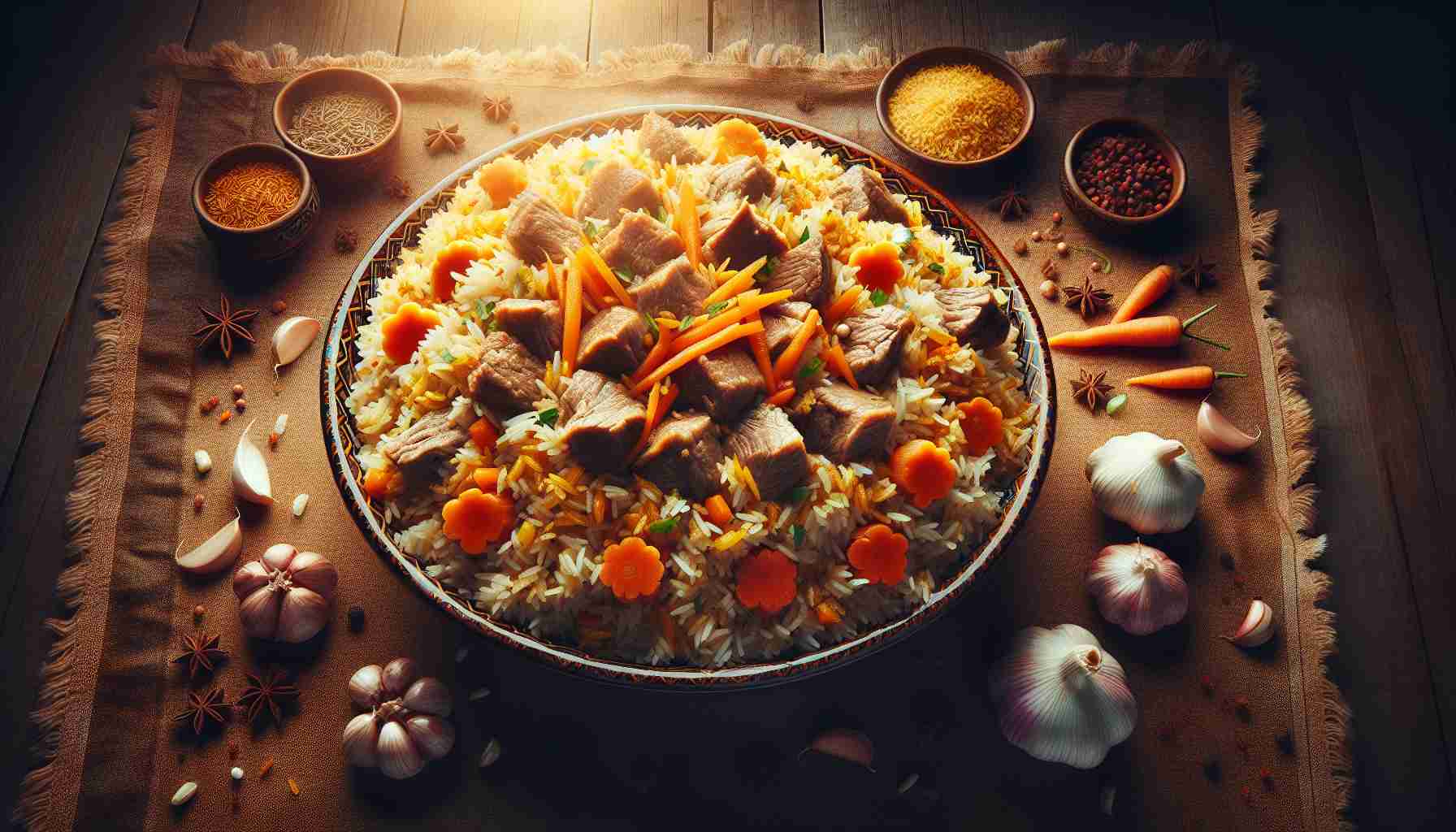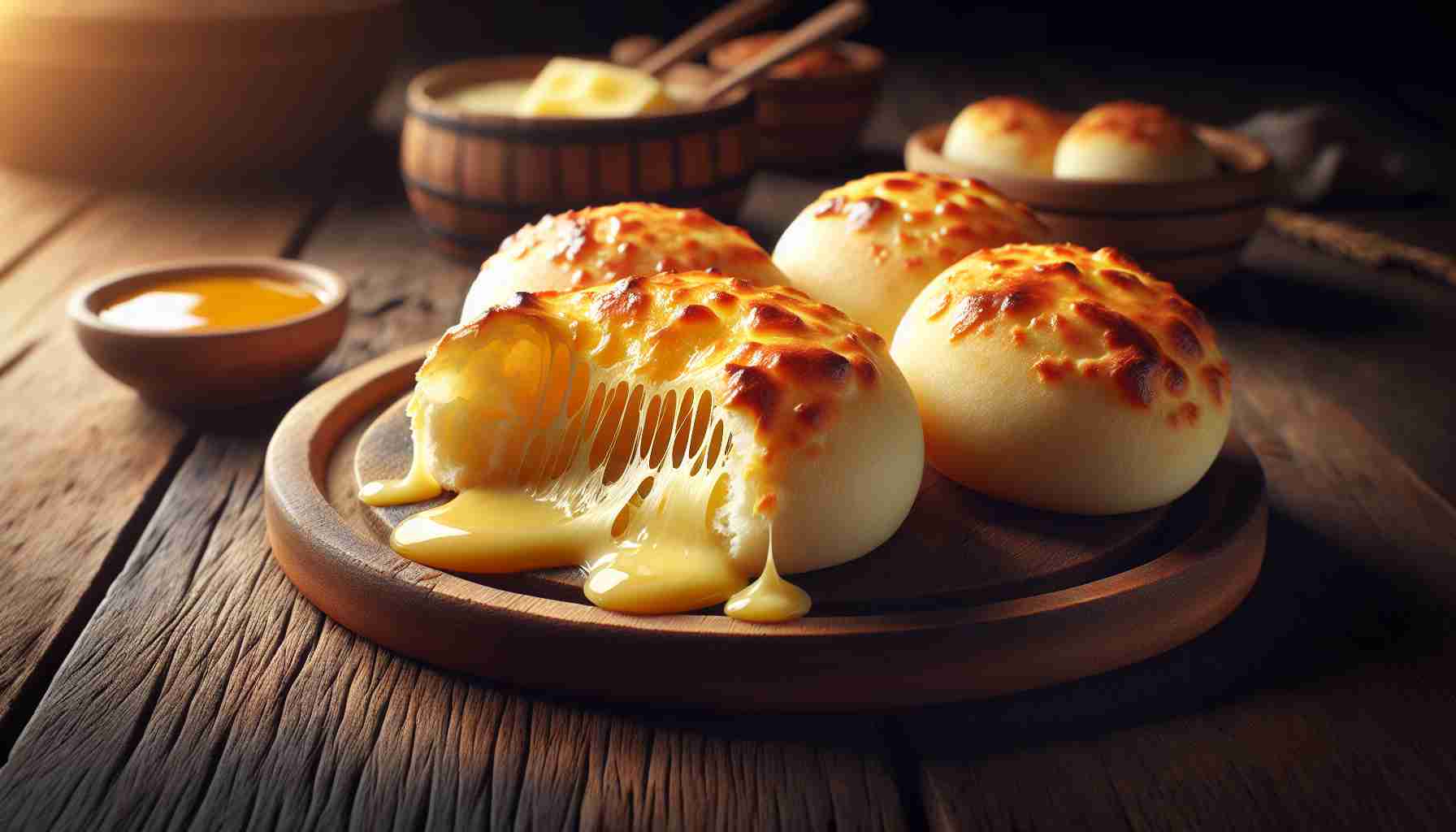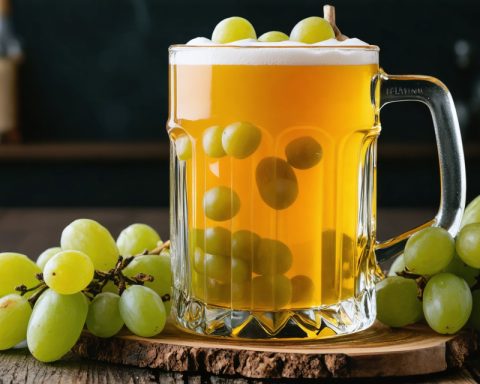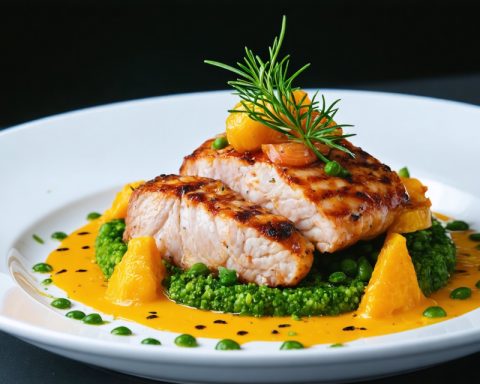Craving a refreshing dish that combines tradition with innovation? Enter the world of glasnudelsallad, or glass noodle salad. This vibrant dish has gained attention not only for its delightful taste but also because of how it’s being transformed by cutting-edge cooking technologies.
What’s New?
With the rise of smart kitchen gadgets and AI-driven cooking techniques, glasnudelsallad has never been easier or more exciting to prepare. Connected kitchen scales can now weigh ingredients with precision, sending real-time data to your smartphone, ensuring the perfect balance of rice noodles, fresh vegetables, and tantalizing dressings.
AI Cooking Assistance
Artificial Intelligence steps in by suggesting personalized tweaks to your recipe based on dietary preferences. Whether you’re looking to reduce calories or boost protein, AI algorithms analyze your glasnudelsallad and recommend ingredient swaps. These features allow food enthusiasts to enjoy this beloved dish tailored to their needs.
3D-Printing Garnishes
In a futuristic twist, 3D food printers have started crafting intricate garnishes that complement our glasnudelsallad. From delicate edible flowers to custom-shaped toppings, these printers are capable of adding a personal touch, enhancing both the visual appeal and dining experience.
The Future is Here
The integration of new technologies in preparing glasnudelsallad is a tantalizing glimpse of how traditional recipes will evolve. As smart kitchens become common, experimenting with timeless dishes like glasnudelsallad becomes an exploration of culinary innovation, reshaping how we think about cooking.
A Modern Take on Glasnudelsallad: Tradition Meets Tech
The age-old dish of glasnudelsallad, or glass noodle salad, is experiencing a modern renaissance with the fusion of traditional flavors and state-of-the-art cooking technologies. This refreshing salad, known for its balance of taste and texture, is not only pleasing to the palate but also packs a punch in terms of health benefits. With the incorporation of smart kitchen gadgets and AI-driven techniques, preparing this dish has never been more exciting or beneficial.
Health Benefits of Glasnudelsallad and Its Ingredients
Nutritious Base: Glass Noodles
Glass noodles, often made from mung bean or sweet potato starch, are naturally gluten-free, making them a great option for those with gluten sensitivities. They are light yet satisfying, offering a low-calorie base that can be supplemented with other nutritious ingredients. While providing carbohydrates for energy, they rank low on the glycemic index, which means they cause a gradual rise in blood sugar levels and help in managing diabetes.
A Rainbow of Vegetables
The fresh vegetables commonly used in glasnudelsallad, such as bell peppers, carrots, cucumbers, and tomatoes, provide an array of vitamins and minerals essential for maintaining a healthy body. Rich in antioxidants, these colorful veggies help neutralize free radicals and reduce the risk of chronic diseases. Additionally, the fiber content aids in digestion and helps maintain a healthy weight, supporting overall gastrointestinal health.
Protein Power
Depending on dietary preferences, glasnudelsallad can be enhanced with lean proteins like chicken, shrimp, or tofu. These ingredients are excellent sources of high-quality protein, crucial for muscle repair and growth. For those seeking a plant-based alternative, tofu offers not only protein but also iron and calcium, contributing to bone health.
Flavorful Dressings with Benefits
The tantalizing dressings often used in glasnudelsallad combine lime juice, fish sauce, and herbs like cilantro and mint. Lime juice is an excellent source of vitamin C, which aids in boosting the immune system. Herbs like cilantro and mint are known for their anti-inflammatory properties, promoting overall health.
Customization Meets Cuisine
With advancements in AI cooking assistance, customizing your glasnudelsallad to meet specific dietary needs has become seamless. Whether augmenting the protein content, adjusting the calorie count, or swapping ingredients for allergens, AI algorithms provide insightful recommendations, ensuring everyone can enjoy this dish tailored to their health goals.
Artistic Addition with 3D Printing
The advent of 3D food printing allows for personalized, nutrient-rich garnishes that enhance not only the dish’s aesthetic appeal but also its nutritional value. Custom edible flowers and uniquely shaped toppings can introduce additional micronutrients, making each serving of glasnudelsallad as beneficial as it is beautiful.
A Culinary Evolution
As we embrace the integration of technology in our kitchens, glasnudelsallad serves as a prime example of how traditional dishes can be elevated. This embrace of culinary innovation, while maintaining nutritional integrity, opens a window to endless possibilities in food preparation, ensuring that what we eat is not only delicious but also conducive to a healthier lifestyle.
Discover the Revolutionary Tech Transforming Your Kitchen: Glass Noodle Salad Edition
Embracing Culinary Innovations in Glasnudelsallad
As culinary technology takes a leap forward, the beloved glass noodle salad, or glasnudelsallad, is among the dishes witnessing a transformative journey. This traditional dish is being revamped by the integration of cutting-edge cooking technologies, offering food enthusiasts a glimpse of the future of gastronomy.
Pros and Cons of Technological Integration in Glasnudelsallad
Pros:
– Precision Cooking: With connected kitchen scales, achieving the perfect ratio of ingredients has become effortless. These devices ensure precision in measuring rice noodles and vegetables, enhancing overall taste.
– Personalized Recipes: AI tools allow home cooks to customize recipes to suit dietary needs, ensuring a more nutritious meal without compromising flavor.
– Artistic Presentation: 3D food printers enable artistic garnishing, adding a unique visual and sensory dimension to the dish.
Cons:
– Cost: Investing in smart kitchen gadgets like 3D printers and AI-driven tools can be expensive for the average consumer.
– Learning Curve: Adopting new technologies may require initial learning and adaptability from traditional cooking methods.
– Technical Failures: Like all tech devices, these gadgets may occasionally malfunction, potentially disrupting meal preparation.
How to Make Glasnudelsallad with Modern Tech
1. Gather Ingredients: Use connected kitchen scales to measure rice noodles and accompanying vegetables accurately.
2. Customize with AI: Input your dietary preferences into an AI cooking assistant. Let it suggest ingredient swaps to tailor the recipe.
3. Prepare Garnishes: Utilize a 3D food printer to design intricate garnishes suited to your aesthetic preferences.
4. Cook and Assemble: Follow traditional cooking steps with enhanced precision and personalization provided by technological aids.
Market Trends and Analysis
The demand for technologically integrated kitchen solutions is on the rise, with consumers increasingly seeking smart appliances that offer convenience and efficiency. The trend is moving towards sustainability and customization, allowing dishes like glasnudelsallad not only to be crafted with personal flair but also with eco-friendly practices, thanks to precise, waste-reducing technologies.
Compatibility and Future Predictions
As these technologies evolve, their compatibility with different kitchen appliances is expected to improve, leading to more seamless integration in everyday cooking. The future envisions an era where traditional recipes will merge effortlessly with smart technology, fostering creativity and efficiency in home kitchens.
For further innovation in smart kitchen solutions, visit Bosch or Samsung.
